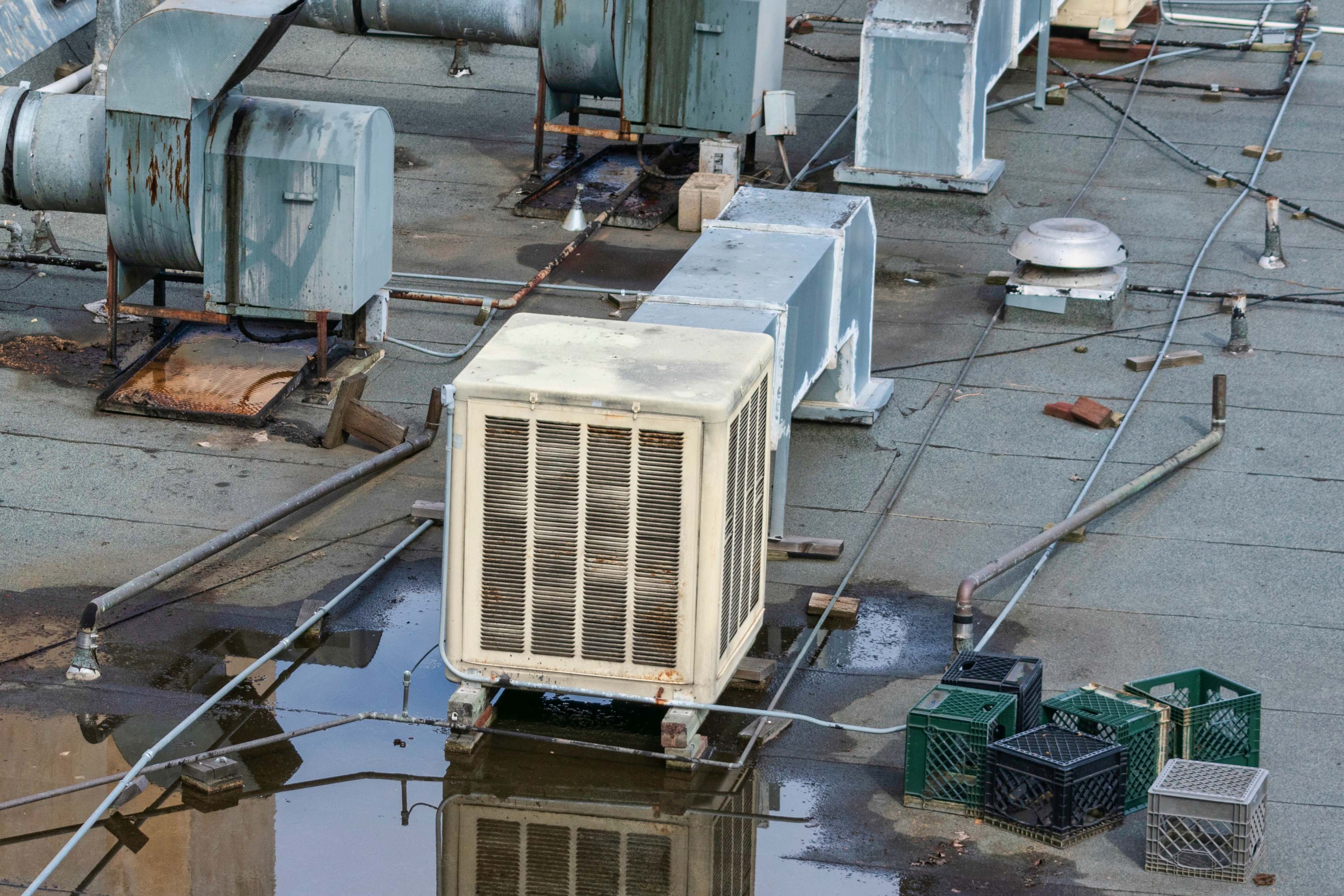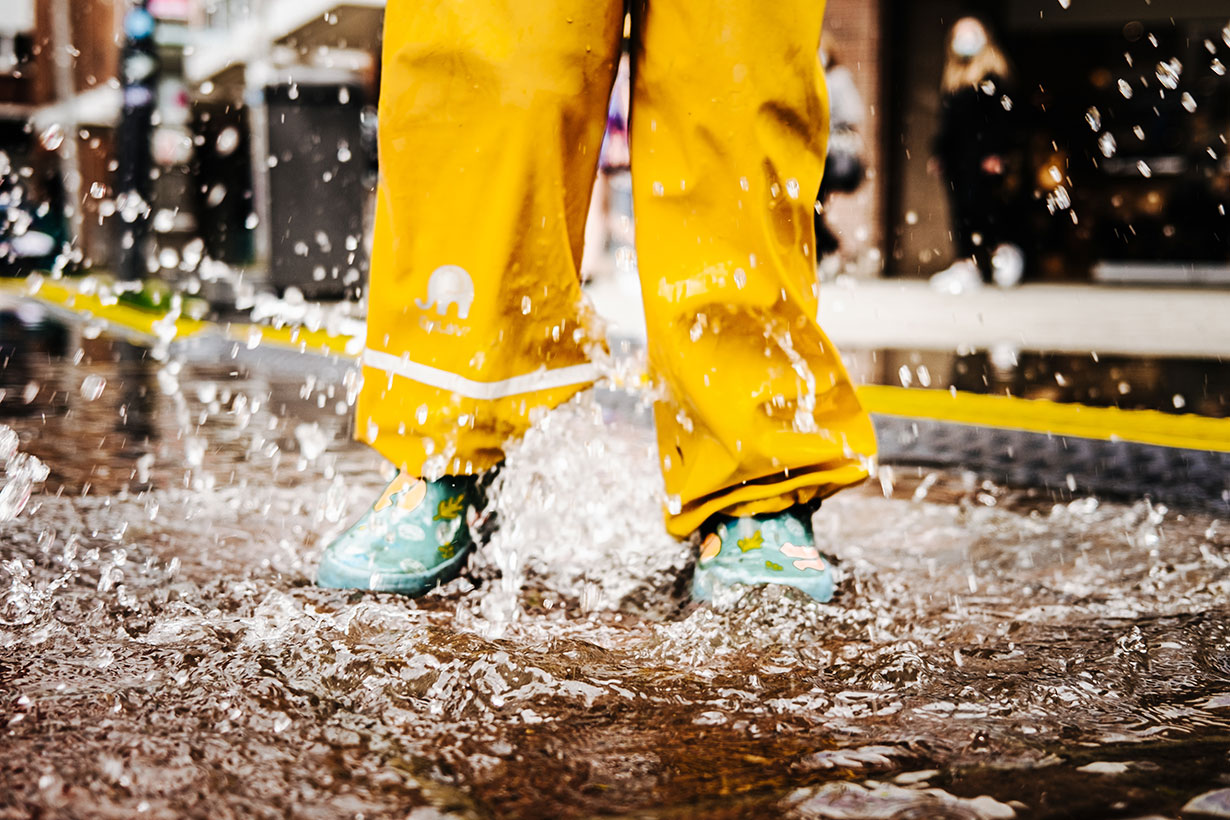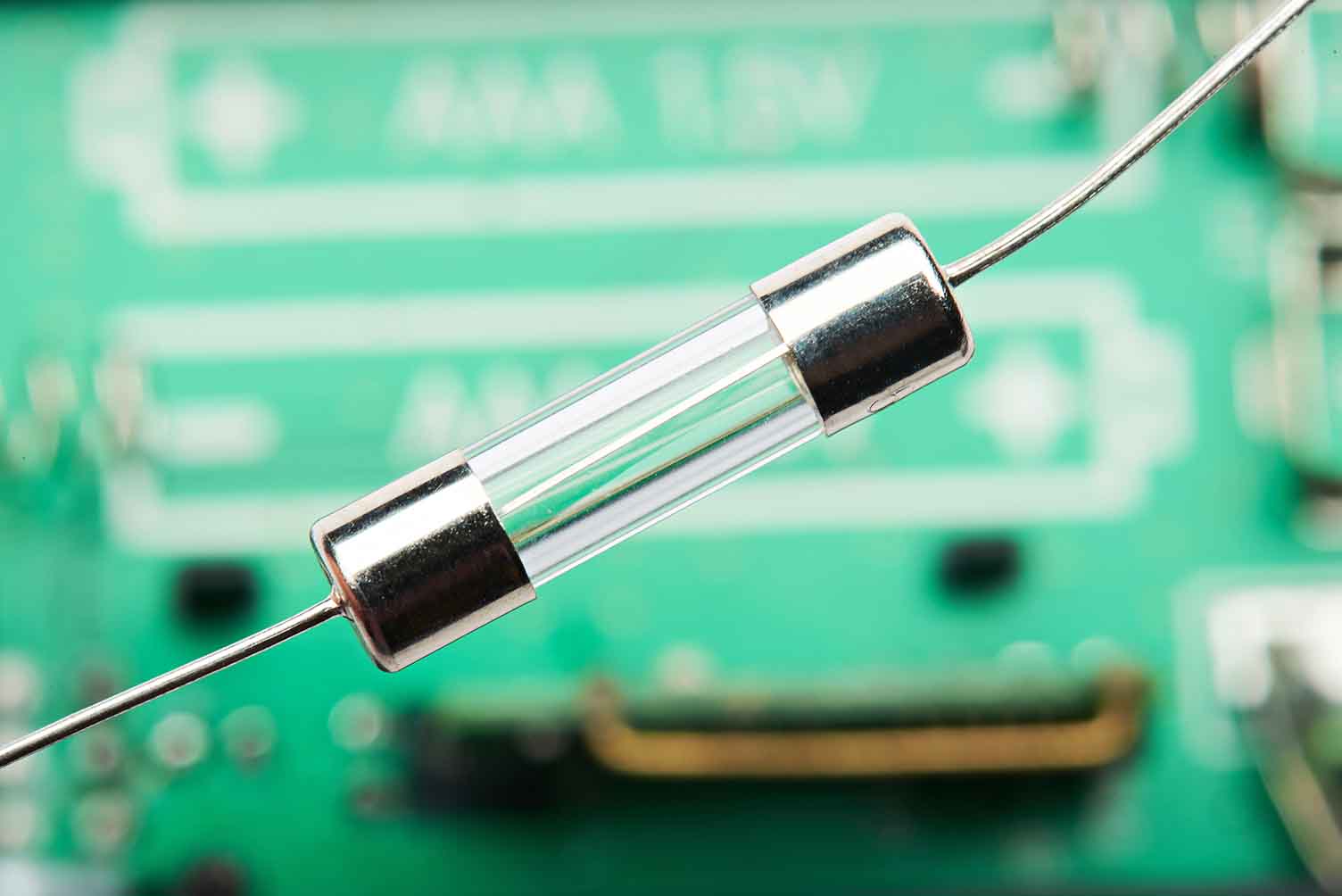

What To Do When Water Meets Your HVAC System
By Grainger Editorial Staff 7/31/24
Water from leaks or floods can put your HVAC system at risk. Learn how to check drain lines, pumps, furnaces, ductwork and refrigerant lines to help keep your system safe and running efficiently.
Water that comes from HVAC leaks and flooding can cause serious damage to your system. It can get into your pipes, ductwork, furnace or air conditioner. Unchecked water can short your electrical components or cause harmful corrosion.
Here are some key places throughout your HVAC system to look for signs of water damage, leaks and other water-related issues.
Drain Lines
Water is a natural part of your air conditioning system. As hot, humid air is cooled, it creates condensation on the evaporator coil. The condensation then drips down into the condensate pan, which is emptied outside through a drain line. Sometimes the drain line becomes clogged or damaged, which will cause HVAC leaks. Drain lines should be checked monthly to ensure they are clear and draining properly.
Pumps
Some HVAC systems use a condensate pump to drain off any condensation the system may create. Water accumulated from condensation within the system collects into a reservoir. Once the reservoir fills to a certain point, the pump switches on and pushes the water out through a drain line. Leaks in the pump can cause water to drip and pool in the system, causing damage to its parts. If water cannot drain out due to a clog, a safety relay will be activated and the system will shut down until the water is removed.
Furnaces and Fuel Pipes
Water from floods, hurricanes or other natural disasters can damage your pipes. If your HVAC system runs on a fuel like natural gas, propane or oil, you will need to have the pipes checked for damage. All the supply lines, gauges and valves in and around the furnace will need to be inspected to ensure no water has seeped inside. The water can cause corrosion, which can affect the system's performance and increase the potential for fires or explosions. Water-damaged furnaces and fuel lines will either need to be replaced or cleaned. The Centers for Disease Control (CDC) recommends decontaminating all components of your HVAC system before putting the system back into service.
![]() Supplies to Help Maintain HVAC Systems
Supplies to Help Maintain HVAC Systems
Air Conditioners and Refrigerant Lines
The compressor and refrigerant lines of your air conditioner are outside, so even if water doesn’t run into your building during a flood, your AC system is still at risk. Flood water can get into the electrical components of your compressor and cause a short, which will keep your system from running until it is fixed. It can also disturb the refrigerant lines, causing them to leak or become disconnected. The air conditioner should be completely dried out and disinfected before allowing it to run after it has been in a flood. If any standing water remains after the flood, it will have to be drained to keep your unit from corroding.
Insulation and Ductwork
Insulation and air filters in your HVAC system will have to be replaced after a flood. These items are known to trap moisture, dirt, debris and other contaminants that make them unsafe after suffering water damage. The air ducts and vents will need to be checked for any dirt or debris that got inside during the flood or storm. The aluminum walls of the ductwork should be thoroughly disinfected with a quality disinfectant.
Checking your system regularly is the best prevention for water damage. Drains should be checked for debris or dirt that can cause them to clog. Look at your condensate pan and your pump and make sure they are properly draining. If you know a storm is approaching that could cause water damage, try covering your outdoor unit and turning your system off to protect its electrical components. If you suspect water damage, always consult an HVAC professional to ensure your system is being safely handled.
Get more KnowHow on managing your HVAC systems and components here.

Safety Management
6 Tips to Help Prevent Slips, Trips and Falls
Identify the fall hazards in your workplace and implement a fall safety program. Check out these tips from Grainger so you can mitigate risk.
![]() OUR LATEST KNOWHOW
OUR LATEST KNOWHOW

Equipment
Facility Pest Control: How IPM Helps Safely Manage Insects
Discover safe, compliant pest control with IPM. Find tips for insect monitoring, sanitation and safe insecticide use in commercial facilities.
The information contained in this article is intended for general information purposes only and is based on information available as of the initial date of publication. No representation is made that the information or references are complete or remain current. This article is not a substitute for review of current applicable government regulations, industry standards, or other standards specific to your business and/or activities and should not be construed as legal advice or opinion. Readers with specific questions should refer to the applicable standards or consult with an attorney.















